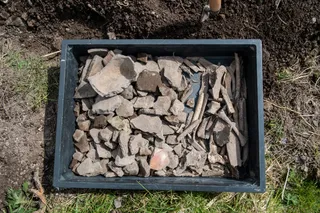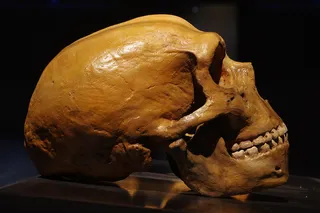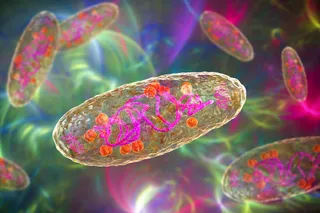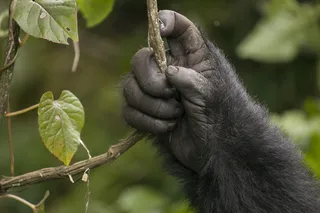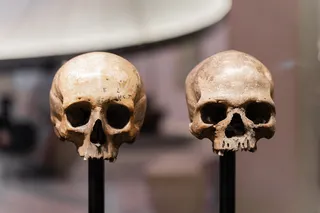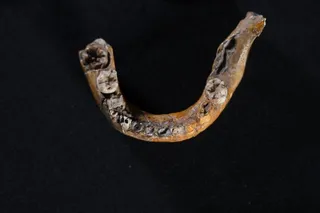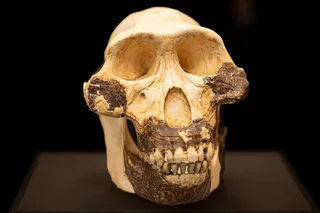When Homo neanderthalensis first came in contact with Homo sapiens around 50,000 years ago, in what’s now the Middle East, they encountered a host of diseases for which humans had no immunity for because they had never experienced them before.
But, interbreeding would change the human genome, which likely continued until Neanderthals went extinct around 40,000 years ago. And even today humans are left with some Neanderthal genes, many of which pertain to the immune system.
Interbreeding between modern humans and Neanderthals allowed for genetic segments in the genome — many of which were deleterious to humans, but some of which were helpful — to spread amongst the population, says Dmitri Petrov, an evolutionary biologist at Stanford University.
“The segments that were adaptive and spread tended to be proteins that interacted specifically with RNA viruses,” he says.
Other research has shown that these viruses had an impact on the modern ...




